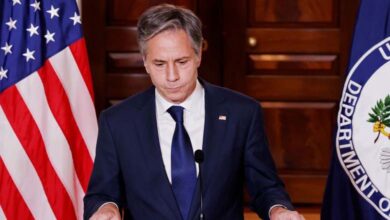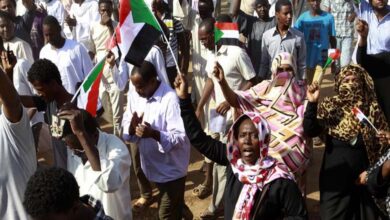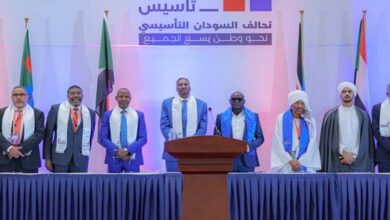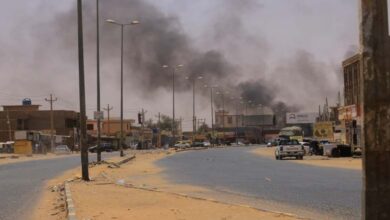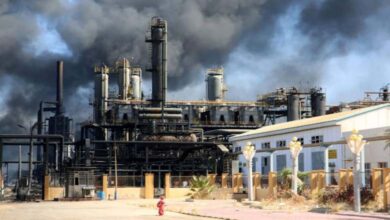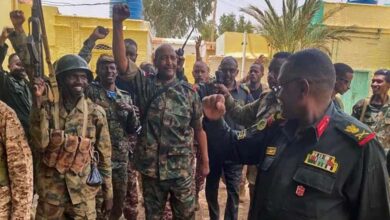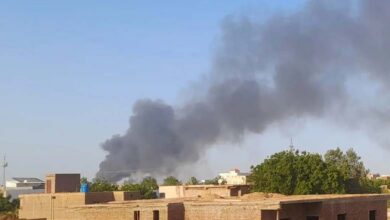Anas Faisal… When the New Generation of the Muslim Brotherhood Falls into an Old Battle
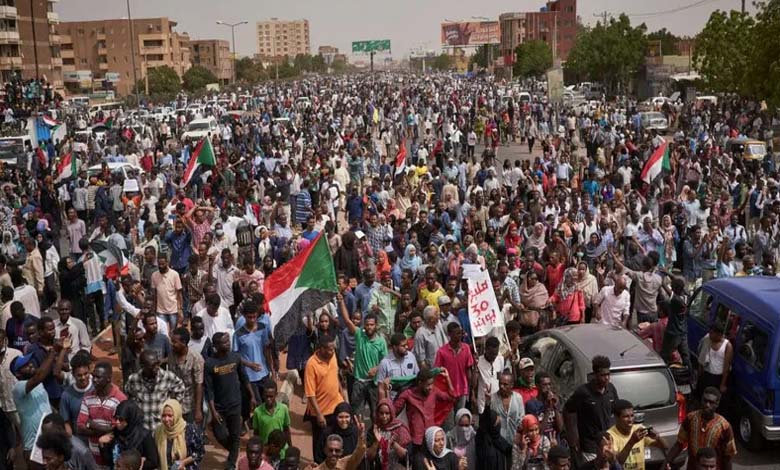
The death of Anas Faisal in the battles of “Umm Siyala” was not merely a random military incident. It was a pivotal moment that exposed the dead-end path taken by Sudan’s Islamic movement as it attempts to reinvent itself amidst the ruins of a collapsing state riddled with conflict.
-
The death of Anas Faisal in Umm Sayala: a painful blow to the Islamic movement and a sign of fractures within Sudan’s war alliances
-
Calls to Designate the Islamic Movement Muslim Brotherhood in Sudan as a Terrorist Organization
Anas, a member of Ali Karti’s family, was far from anonymous. He symbolized the Islamist movement’s bet on what could be called the “post-revolution generation” — a group raised on the ideology of empowerment and fed a narrative of victimhood, only to be sent to the front lines under the slogan of “supporting the army and the state.” Yet the true goal was obvious: to regain lost power at any cost.
But Anas fell — not just by a bullet or shell, but by the illusion of a project that still refuses to admit its greater fall in December 2018. He fell as a representation of a new generation recruited in the name of religion, armed in the name of patriotism, and turned into mere tools in a conflict that serves neither the Sudanese people nor their future, but rather recycles the same destructive mentality that has torn the country apart for decades.
-
The Islamic Movement’s Retreat and al-Burhan’s Silence: Questions Surround the Political and Military Cover Behind the Strategic Strikes in Port Sudan
-
Mysterious Airstrike in Port Sudan Reveals Involvement of Foreign Experts and Iranian Arms… Silence from al-Burhan and the Islamic Movement Raises Questions
The Brotherhood and a Proxy War
Since the outbreak of the war between the army and the Rapid Support Forces, it has been clear that the Muslim Brotherhood — both its political and military arms — seeks to capitalize on the crisis to reposition itself within state institutions. Anas Faisal was one of the first figures pushed to the frontlines of this agenda. His death, though unintended, exposed the strategy that continues to offer up the blood of its followers for a war no one will win.
What makes this scene even more bitter is the Islamic movement’s continued treatment of its base — especially the youth — as expendable human ammunition in a power struggle devoid of vision. It never asks itself: Why are we fighting? Who are we dying for? Instead, it clings to the delusion that time has not moved on and that the dream of “regaining power” still appeals to young people like Anas.
-
The Situation in Sudan: The Army and the Islamic Movement in an Unstable Scene
-
Strategic Strike in Port Sudan Reveals Foreign Involvement, Iranian Arms, and Complicity of the Islamic Movement
A Generation That Deserves Life, Not Trenches
Truthfully, despite our deep disagreements with his project, Anas Faisal deserved to live. He could have become a doctor, an engineer, a thinker who questioned the status quo instead of carrying a rifle. But he found himself caught in a movement that only knows how to glorify martyrdom, not life. And every time a young man like him falls, chants of “God is Great” rise briefly, only to be silenced by the quiet of the graves, while the nation remains hostage to rigid minds resistant to change.
His death is not just a loss for the Brotherhood — it is a loss for Sudan as a whole. Every person who dies in this war, on either side, is a life wasted by an outdated political-religious system unwilling to admit its time has passed.
Anas Faisal is dead, yes. But the more important question remains: How many more “Anases” must die before the Islamic movement realizes that young people belong not in trenches but in the future? And how much longer will it take before everyone understands that Sudan cannot be rebuilt on the remains of old illusions, but on a new nation — one without militias and without fantasies of returning to the past?


